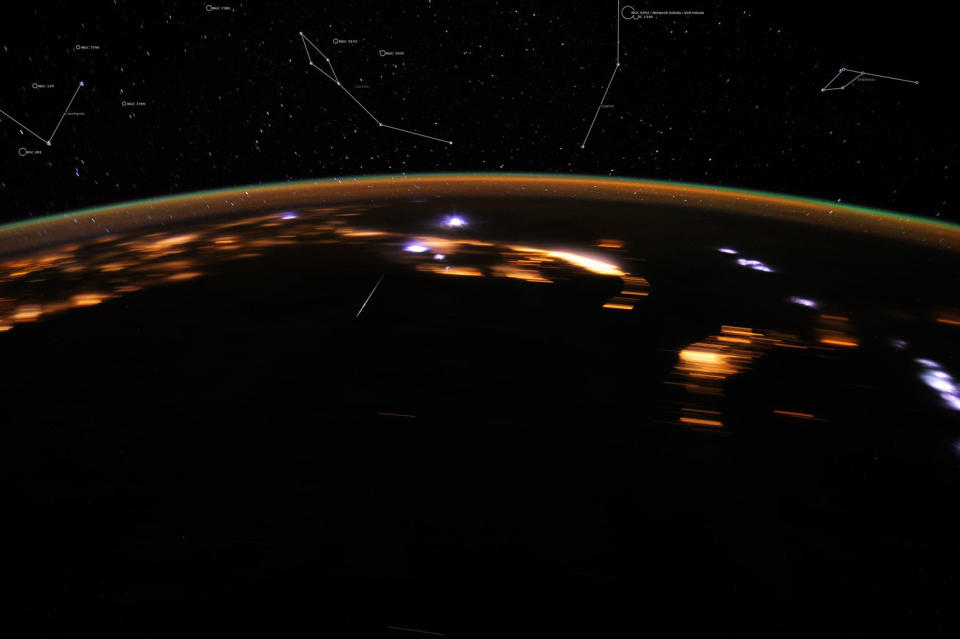A Brief History of the Lyrid Meteor Shower, Which Peaks Tonight
On April 28, 1861, the comet became dimly visible to the naked eye and was independently discovered by Carl Wilhelm Baeker from Nauen, Germany. What would eventually be named comet Thatcher then passed closest to the sun on June 3 at a distance of 85.5 million miles (137.6 million km), before heading back out into the depths of space. This NASA sky map shows the location of the Lyrid meteor shower radiant in the eastern night sky just after midnight on April 22, 2017 during the 2017 peak.



